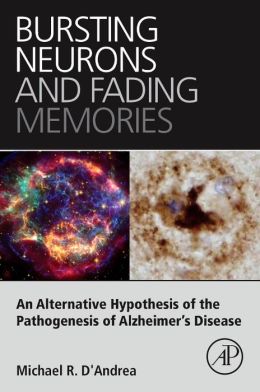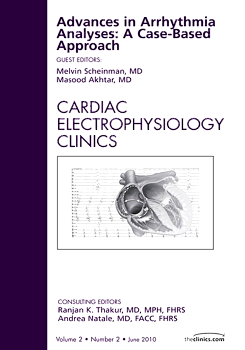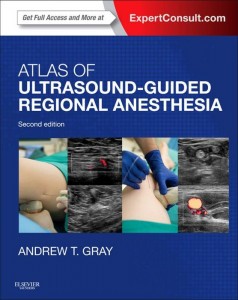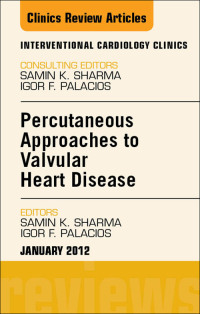by Michael R. D’Andrea
Advances in Alzheimer’s disease (AD) research have been challenging and without major breakthroughs in understanding its pathological basis. The reigning (and sole) hypothesis suggests that AD is the result of extracellular amyloid deposition that seeds to form amyloid plaques, which then grow and kill neighboring neurons. However, there are several inconsistencies with this hypothesis, not to mention the inability to show clinical benefit in several failed clinical trials by pharmaceuticals (i.e., Pfizer, Eli Lilly, Johnson & Johnson). It is fundamentally risky to drive the majority of AD research on this single amyloid hypothesis without exploring and testing other alternatives to the causes of AD. Through the presentation of many scientifically peer-reviewed publications, this book explains the “Inside-Out” hypothesis on how amyloid escapes the circulatory system through a dysfunctional blood-brain barrier into the brain to bind to the alpha 7 nicotinic acetylcholine receptor on pyramidal neurons that, over time, internalize excessive amounts, resulting in neuron death and lysis. This simple mechanism readily explains the composition of plaques, as well as why plaques are of particular sizes, shapes, and location. Based on the current direction of research in the field, this hypothesis appears years from any research and development activity.
Product Details
- ISBN-13: 9780128019795
- Publisher: Elsevier Science
- Publication date: 10/30/2014
- Pages: 140










Reviews
There are no reviews yet.